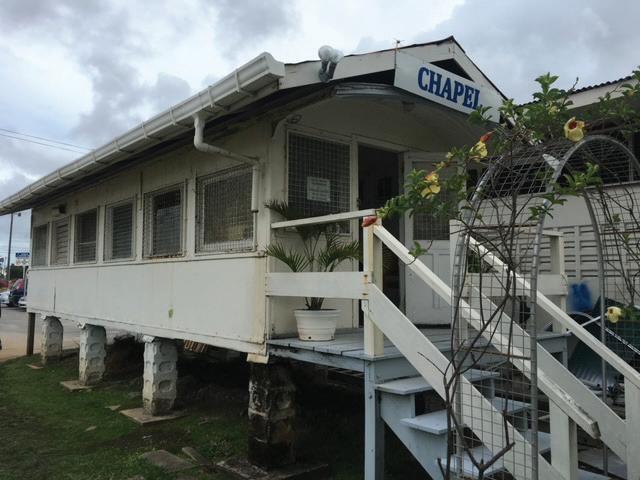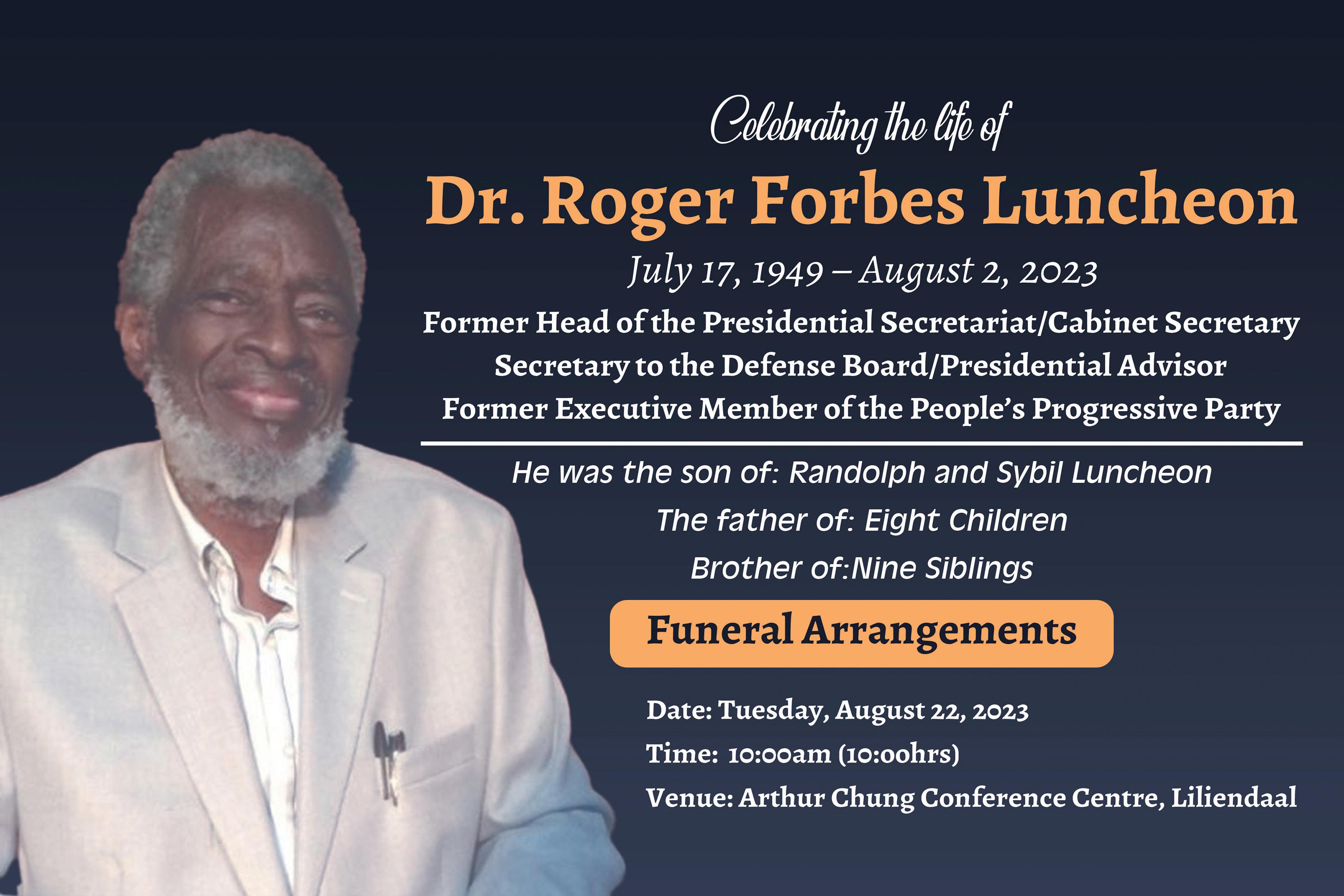
1 minute read
When British Royalty travelled in a train in Guyana
QUEEN Elizabeth ll of Britain and her husband, Prince Phillip, the Duke of Edinburgh, while on one of their two visits to Guyana in the 1960s, had the pleasure of travelling on one of the Transport and Harbours Department (T&HD) trains from Georgetown to Plaisance on the East Coast of Demerara. It was an officially organised event. Hundreds, including students, lined the route to see the Royal Couple. The carriage in which they made that historic journey is now within the compound of the St. Joseph Mercy Hospital in Georgetown, and is identified as “The Chapel.” There is no note on the carriage stating its part in Guyana’s history and Guyana’s hosting of members of the british royal family in the persons of Her Majesty Queen Elizabeth ll and her husband, Prince Phillip, the Duke of Edinburgh.
Previously it was part of the British Guiana fleet of train carriages of the historic Georgetown to Rosignol Transport and Harbours Department (T&HD) Train System. Back in the day, hundreds of persons used that service on a daily basis during the colonial era. It functioned well and was always on schedule. It was never late, was my personal experience. In the earlier years of my boyhood, I can readily recall trains which functioned George- town-Rosignol and Vreed-enHoop-Parika, using steam to power the engines. I can recall seeing the operators stoking the engines with added wood to keep the boilers producing sufficient steam to power those trains. The hissing sounds are still very clear in my memory.
Advertisement


I can recall when diesel trains were introduced. It was a big deal which gave lots of excitement, whether they were passengers or not. Those who worked on the trains in whatever capacity did their jobs in service to the passengers. They realised that they would not have a job without passengers using the service. The trains were always well-maintained; kept very clean at all times. There are still persons of a certain age, who used the train service as youngsters, who can verify the high standard of the T&HD Train Services. With the termination of the T&HD train service in 1972, this carriage was taken into the compound of the St. Joseph Mercy Hospital and first used as a Cafeteria for a number of years. Miraculously, it survived the devastating fire that destroyed a major hospital section on May 10, 2010. Finally, this train carriage is now being used as a catholic chapel.
The train service in British Guiana made history since it had the very first trains to operate on the continent of South America. The service commenced in 1848 and operated from Georgetown to Mahaica. During the first










